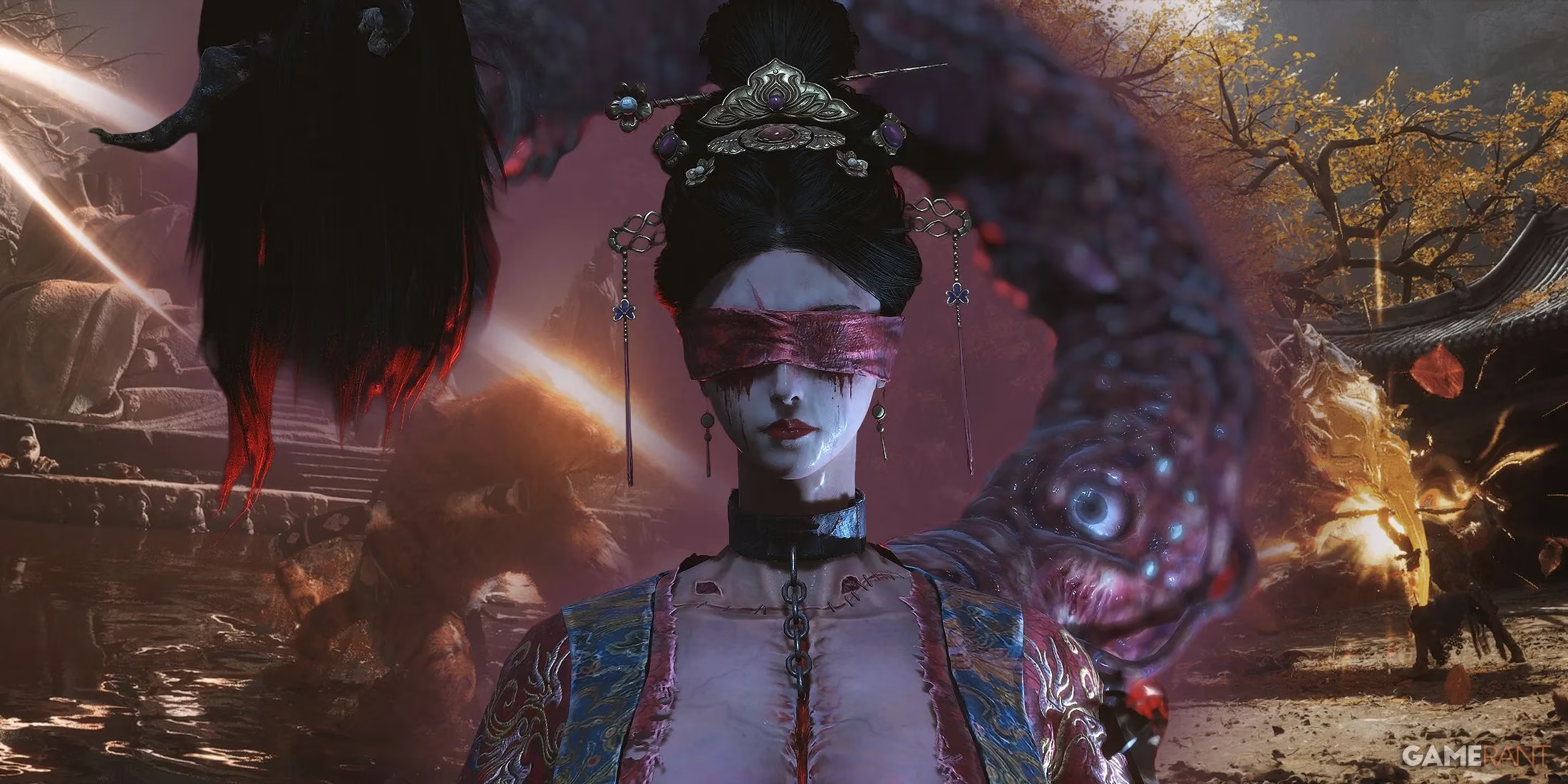Why Wuchang Fallen Feathers Boss Fights Outshine Black Myth Wukong
Discover why Wuchang: Fallen Feathers excels in Soulslike boss fights through clarity and fairness, surpassing Black Myth: Wukong's chaotic combat design.
As a lifelong Soulslike enthusiast, I've battled countless mythological beasts and armored knights across the genre's brutal landscapes. The true soul of any Soulslike lies in its boss encounters – those meticulously crafted dances of death where every dodge, parry, and counterattack feels earned. In 2025, two titans dominate the conversation: Wuchang: Fallen Feathers and Black Myth: Wukong. Both boast breathtaking visual spectacles, yet after countless hours studying their combat rhythms, I firmly believe Wuchang delivers the superior boss experience by embracing the genre's fundamental philosophy: challenge through clarity, not chaos.

The Flawed Brilliance of Black Myth: Wukong's Bosses
My journey through Black Myth: Wukong left me awestruck by its artistry but frustrated by its execution. Don't get me wrong – it's a monumental achievement in Chinese mythology brought to life! But its bosses? They epitomize excess. Where's the satisfaction when a majestic thunder deity unleashes 20+ attack variations in the first phase alone? I remember facing the Azure Dragon, its moveset so bloated and unpredictable that learning felt impossible. Was this intentional design or accidental overwhelm? 🤔
This complexity isn't true difficulty – it's artificial chaos. Traditional Soulslikes like Dark Souls teach through repetition: you die, you learn a telegraph, you adapt. Wukong subverts this by drowning players in visual noise and erratic patterns. The result? Many players resort to brute-forcing wins through over-leveling or sheer luck rather than genuine mastery. It's why the game awkwardly distances itself from the 'Soulslike' label while embodying its structure.
Wuchang's Masterclass in Intentional Design
Contrast this with Wuchang: Fallen Feathers. Its crimson-robed warrior boss taught me more in three attempts than Wukong's menagerie did in thirty. Why? Precision over pandemonium. Each adversary typically wields 8-12 distinct moves, all visually distinct and logically telegraphed. The game understands that limitation breeds creativity – both for designers and players. Remembering a concise moveset lets you focus on the dance: sidestepping sweeping scythes, parrying lunges, and punishing recovery frames. It’s challenging, yes, but fair. Isn't that what we crave from Soulslikes?
Wuchang’s brilliance shines in its accessibility without sacrificing depth. Newcomers intimidated by Soulslikes often find an unexpected gateway here. Why? Because visible progression is baked into every encounter. Each defeat reveals a new pattern; each near-victory fuels determination. The game whispers, "Study me," not "Survive me." That’s the Soulslike ethos distilled.
People Also Ask: Addressing Key Questions
- Why do people call Wuchang a Soulslike?
It features stamina-based combat, punishing difficulty curves, checkpoint-based progression (shrines), and emphasis on pattern memorization against elaborate bosses – core Soulslike pillars.
- Is Wukong harder than Wuchang?
Harder ≠ better. Wukong's difficulty stems from unpredictable chaos, while Wuchang's comes from mastering readable mechanics. One feels cheap; the other earned.
- Can casual gamers enjoy Wuchang?
Absolutely! Its transparent learning curve lowers the barrier. You won't face 15-move combo avalanches in the first hour.
- Does fewer moves mean less replayability?
Not at all! Mastery enables stylish, efficient clears. Finding new ways to dismantle a known foe is deeply satisfying.
The 'Less is More' Philosophy Triumphs
Wuchang: Fallen Feathers proves restraint is revolutionary. Where Wukong bombards players with spectacle, Wuchang focuses on substance. Its bosses aren't just obstacles; they're tutors. They demand observation, patience, and adaptation – the holy trinity of Soulslike design. While Wukong's chaotic encounters leave you relieved they’re over, Wuchang's leave you exhilarated, already craving rematches to perfect your performance. In an era bloated with needless complexity, this clarity feels revolutionary.
So I pose this to fellow warriors: What defines YOUR perfect boss fight – overwhelming spectacle or learnable mastery that turns struggle into symphony? 🎮✨